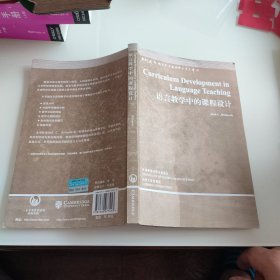
语言教学中的课程设计(语言学文库-第3辑)——中国规模宏大,有深远影响力的国外语言学文库,语言教学实践必备
¥ 7 1.9折 ¥ 35.9 八五品
仅1件
湖南长沙
认证卖家担保交易快速发货售后保障
作者[美]理查兹 著
出版社外语教学与研究出版社
出版时间2008-08
装帧平装
货号17d
上书时间2024-05-21
- 店主推荐
- 最新上架
商品详情
- 品相描述:八五品
图书标准信息
- 作者 [美]理查兹 著
- 出版社 外语教学与研究出版社
- 出版时间 2008-08
- ISBN 9787560077413
- 定价 35.90元
- 装帧 平装
- 开本 16开
- 纸张 胶版纸
- 页数 1页
- 【内容简介】
-
随着对语言教学的深入研究,人们逐渐认识到,语言教学并非应用语言理论的简单实践,而是与教学相关的多种要素的综合反映。一个建立在课程设计基础上的语言教学观是非常必要的。
本书通过丰富的教学应用实例介绍了课程设计中的以下环节:需求分析、对教学环境的分析、教学目标的设定、教学大纲的设计、教材的开发和修订、课程评估。 - 【目录】
-
Series editor's preface
Preface
1 The origins of language curriculum development
Historical background
Vocabulary selection
Grammar selection and gradation
Assumptions underlying early approaches to syllabus design
Discussion questions and activities
Appendix 1 Entries from A General Service List of EnglishWords
Appendix 2 Entries from Cambridge English Lexicon
Appendix 3 Part of an early English grammatical syllabus
References
2 From syllabus design to curriculum development
The quest for new methods
Changing needs for foreign languages in Europe
English for specific purposes
Needs analysis in ESP
Communicative language teaching
Emergence of a curriculum approach in language teaching
Discussion questions and activities
Appendix 1 Example of scientific writing
Appendix 2 Words found often in academic reading materials
References
3 Needs analysis
The purposes of needs analysis
What are needs?
The users of needs analysis
The target population
Administering the needs analysis
Procedures for conducting needs analysis
Designing the needs analysis
Making use of the information obtained
Discussion questions and activities
Examples of needs analyses
Appendix 1 Designing a questionnaire
Appendix 2 Needs analysis questionnaire for Cantoneselearners
Appendix 3 Needs analysis questionnaire for non-English-backgroundstudents
References
4 Situation analysis
Societal factors
Project factors
Institutional factors
Teacher factors
Learner factors
Adoption factors
Profiling the factors identified in the situation analysis
Discussion questions and activities
Appendix 1 Situation analysis profile
Appendix 2 Matrix for identifying factors in curriculum renewalprocess
References
5 Planning goals and learning outcomes
The ideology of the curriculum
Stating curriculum outcomes
Nonlanguage outcomes and process objectives
Discussion questions and activities
Appendix 1 Behavioral objectives
Appendix 2 Listening and conversation skills
Appendix 3 ESOL standards for grades 4-8
References
6 Course planning and syllabus design
The course rationale
Describing the entry and exit level
Choosing course content
Determining the scope and sequence
Planning the course structure
Preparing the scope and sequence plan
Discussion questions and activities
Appendix 1 Proficiency descriptions for the domain ofspeaking
Appendix 2 Description of performance levels; writing
Appendix 3 Band descriptors for oral interaction skills
Appendix 4 Grammar items and their sequence in a first-year Englishcourse
Appendix 5 Threshold level syllabus
Appendix 6 Skills syllabus for listening and speaking
Appendix 7 Designing a course from texts
Appendix 8 A unit from Passages 1
Appendix 9 Part of the scope and sequence chart from NewInterchange, vol. 1
References
7 Providing for effective teaching
The institution
The teachers
The teaching process
The learning process
Discussion questions and activities
Appendix 1 Institutional mission statement
Appendix 2 Best practice in English language teaching
Appendix 3 Assessment criteria for teaching practice
Appendix 4 Checklist for evaluating a teacher's lesson
Appendix 5 Qualities and competencies of a good Englishteacher
Appendix 6 Self-evaluation of a teacher's lesson
Appendix 7 Student appraisal form
Appendix 8 Peer appraisal form
References
8 The role and design of instructional materials
Authentic versus created materials
Textbooks
Evaluating textbooks
Adapting textbooks
Preparing materials for a program
Managing a materials writing project
Monitoring the use of materials
Discussion questions and activities
Appendix l Guidelines for developing reading activities
Appendix 2 Checklist for evaluation and selection of coursebooks
Appendix 3 Case study of materials development project
References
Approaches to evaluation
Purposes of evaluation
Formative evaluation
Illuminative evaluation
Summative evaluation
Issues in program evaluation
Procedures used in conducting evaluations
Discussion questions and activities
Appendix Examples of program evaluations
References
Author index
Subject index
点击展开
点击收起
相关推荐
— 没有更多了 —





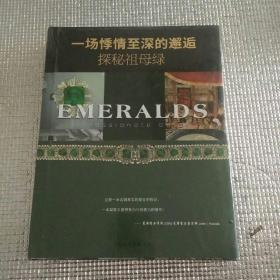
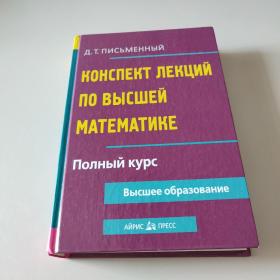













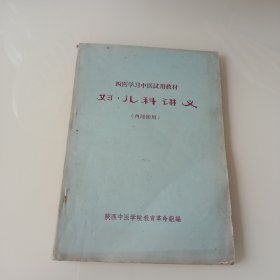



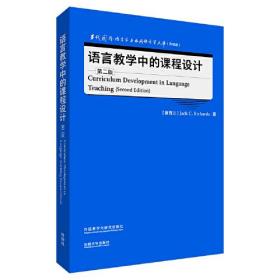






以下为对购买帮助不大的评价